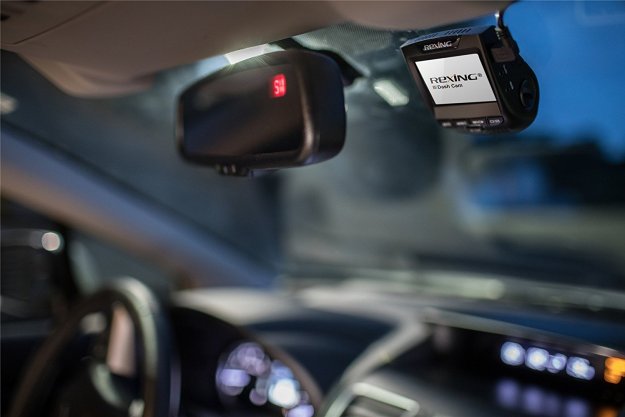Nissan has turned the Titan pickup truck into a rugged house on wheels named Project Basecamp that’s ready for your next adventure, or whatever apocalyptic event you’re bracing for.
Project Basecamp started life as a regular Titan, but it didn’t stay stock for very long. Nissan created a self-contained, self-sustaining machine by adding over 60 aftermarket parts and accessories to the truck. The highlights include a portable fridge/freezer unit, a tent mounted on a purpose-built roof rack, an awning, 7-inch lights, a storage drawer in the bed, and car-to-car communication technology.
The truck’s battery wouldn’t last for very long if you used it to power all of the onboard accessories, plus every gadget in your backpack. To make you sure never need to ask a fellow adventurer for a jump, Project Basecamp is equipped with a Goal Zero solar panel that tops up a compact Yeti power station.
Building a rig you can live in is useless if you can’t leave the city. To that end, the Titan benefits from a three-inch suspension lift, all-terrain tires wrapped around beadlock wheels, and fender flares all around. Skid plates and heavy-duty bumpers on both ends help minimize damage from boulders, trees, or anything else mother nature hurls at the Titan.
The builders haven’t touched anything in the engine bay. Project Basecamp retains the Titan’s stock, 5.0-liter turbodiesel V8 engine. It moves all of that gear with ease by pumping out 310 horsepower at 3,200 rpm and a stout 555 pound-feet of torque at a low 1,600 rpm. The oil-burner shifts through a six-speed automatic transmission.
Nissan stresses Project Basecamp is merely a concept built to turn heads during the Overland Expo, and it won’t join the Titan lineup as a factory-built model. However, a majority of the add-ons you see are readily available from various aftermarket manufacturers, so building a truck just like Project Basecamp is possible if you have deep enough pockets.
Editors' Recommendations
- Tesla Model Y vs. Nissan Ariya: Can Tesla take out Nissan’s electric crossover?
- Autobots, roll out: NASA creates transforming robot for exploring Titan
- The 2020 Nissan GT-R Nismo sheds weight, uses racing tricks to stay sharp








